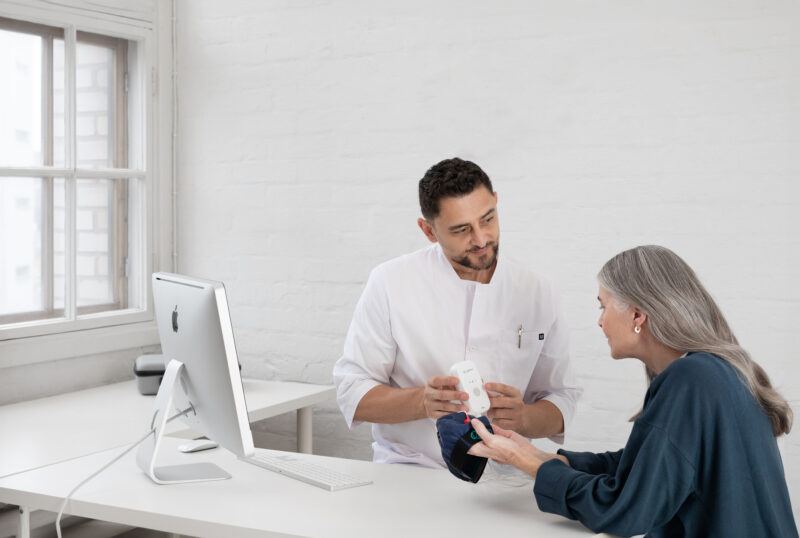Sooma reaches more than 10,000 patients treated with its tDCS devices
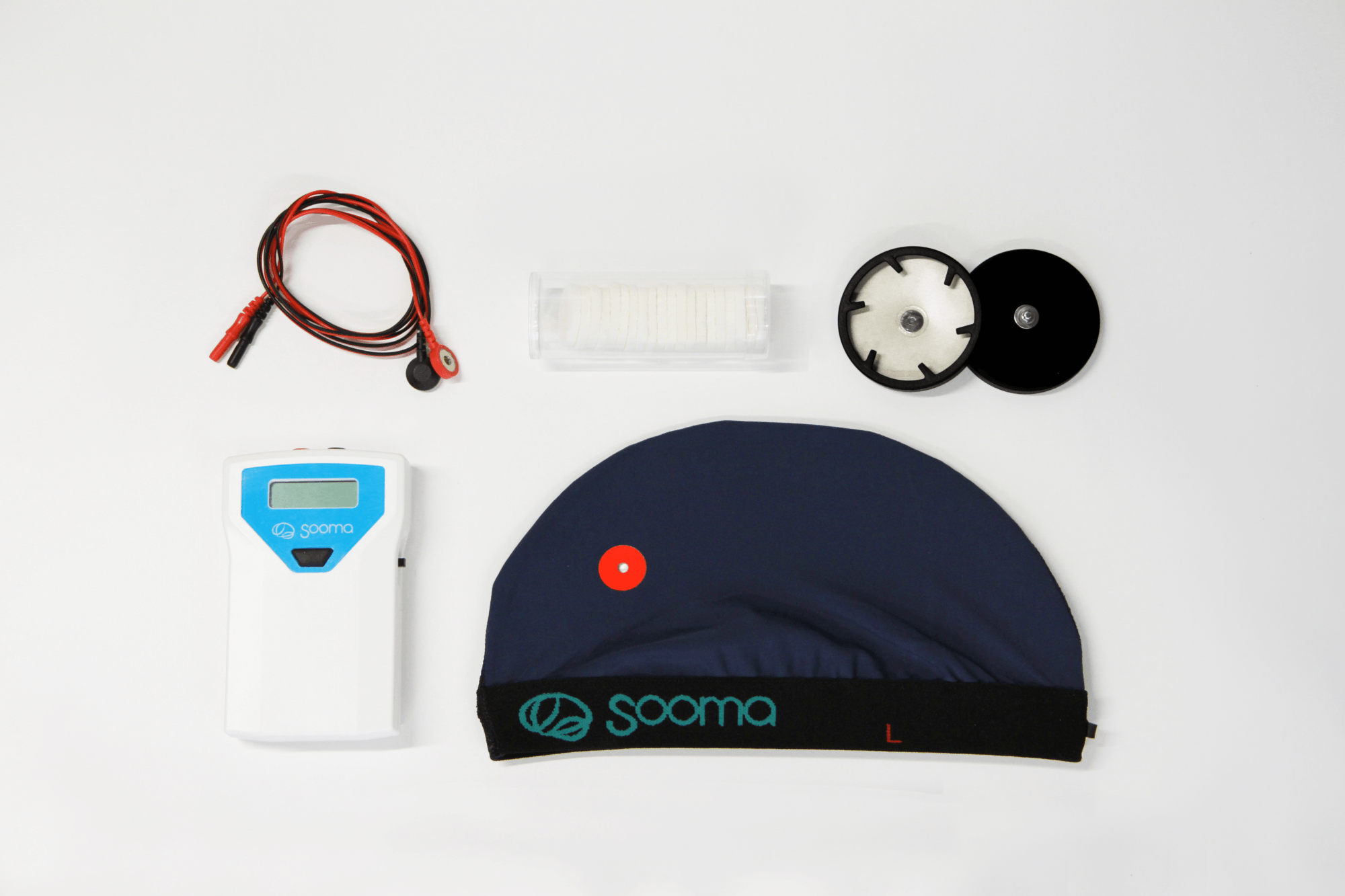
Mental health crisis is an urgent issue in all countries. More and more patients are becoming chronically ill due to congested healthcare system and ineffective and delayed therapeutic offerings. Meanwhile, the Finnish Parliament is working on a considerable health reform that, albeit controversial, aims to “guarantee equitable access to therapy” (the so called terapiatakuu). On a meeting between the Finnish Start-Up Community and MP Lohi, Sooma’s CEO Tuomas Neuvonen raised concerns about the lack of resources in mental health care and, more particularly, how it reduces access to effective treatments by those who need them.
To date, Sooma has treated more than 10 000 patients (5 000 of them in the past 12 months) with Transcranial Direct Current Stimulation (tDCS), a non-invasive brain stimulation treatment that modules neuronal activity and restores the lost balance in the brain caused by psychiatric and neurologic disorders.
The therapy, prescribed by a medical professional, administers a weak electrical current to the scalp of the patient via a portable device no bigger than an old cell phone, which helps regulate brain activity and relief depressive and chronic pain symptoms. The therapy is painless and has no serious adverse effects other than feelings of skin tingling, mild headache, and some possible scalp redness.
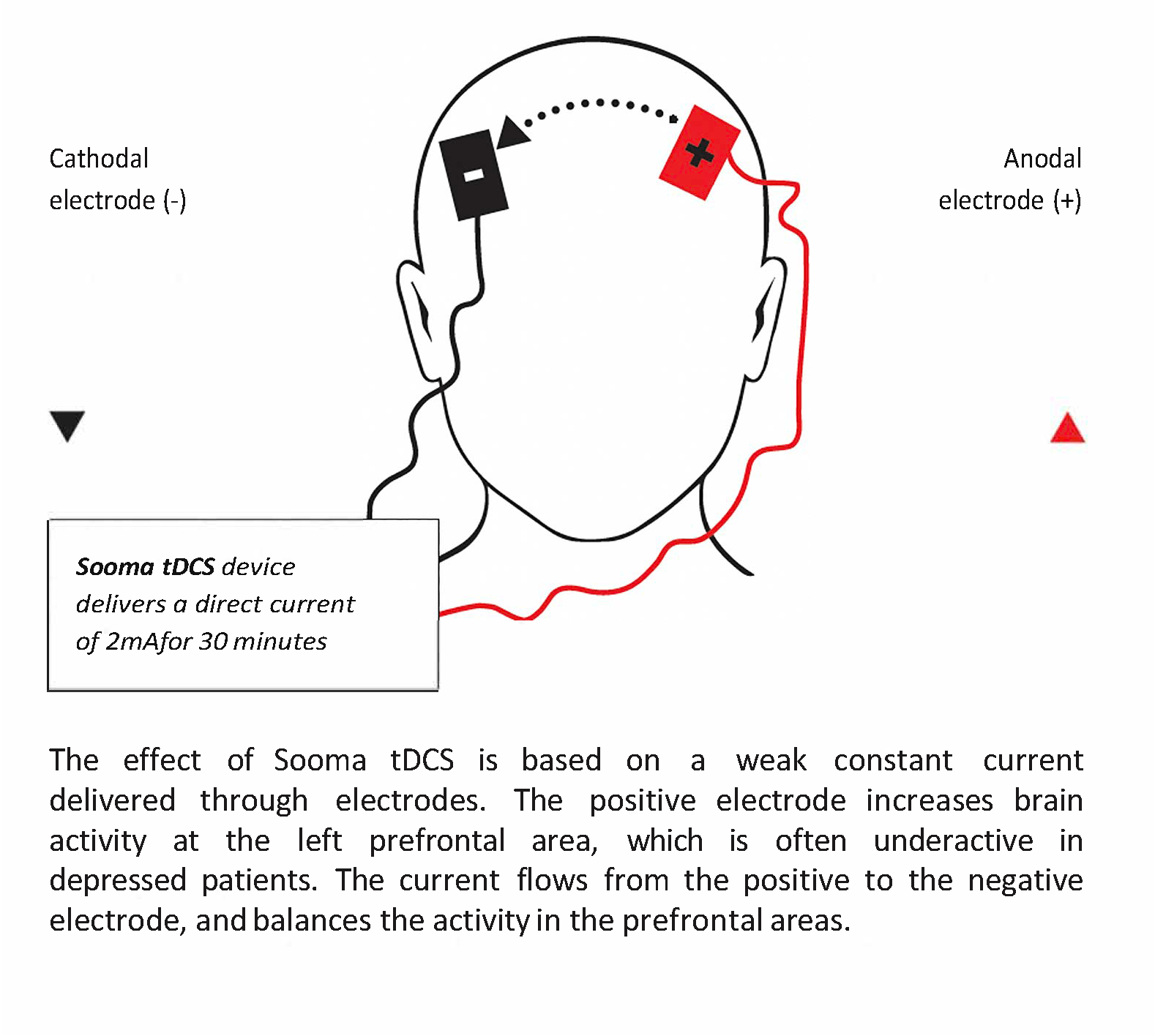
According to the most recent market data, 55% of the patients treated with Sooma tDCS for depression see a relief of their depressive symptoms, while 20% of them reach remission (they are no longer considered to be clinically depressed).
“I got the colours back in my life”
At Sooma headquarters in Pitäjänmäki (West Helsinki), patients can also find Sooma Klinikka, a small in-house run clinic that receives patients derived from doctors in the capital area. To date, more than 100 patients have been treated there. Of the patients who have started treatment this year, 75% have had a significant response to the therapy, meaning that their depression score has been reduced by more than half.
In the words of some of our patients, the main benefit they get from Sooma Depression Therapy is an improved quality of life. Returning to work, feeling like part of society again, or finishing something they have had on hold for a while, like writing a book or completing their studies, have been some of the main results of that improvement.
Onni Pakkala, the head of Sooma Klinikka, puts it this way: “I am here to make a difference in the life of the patients. To have a positive impact on other people’s lives (…) The hardest part of the job is to see the disappointment in the patients that do not find an effective solution for their condition. The worst thing for a healthcare professional is when you can’t help a patient”.
“Sooma tDCS represents an opportunity for some people to try something they haven’t tried, the choice to be free not to take medication they don’t want to take or can’t take because of its intense side effects. Some patients have tried medication before and have failed; some do not wish to take medication at all. It’s about having an alternative and a choice”, he continues, “we are opening a new door to help people by providing an innovative solution that wasn’t there before”.
A tool for everybody
But Sooma tDCS is not only a valuable tool for patients. Nurses and healthcare practitioners of smaller clinics also benefit from the equality of access provided by tDCS technologies.
Traditionally, neuromodulation therapies such as Transcranial Magnetic Stimulation (TMS) or Electroconvulsive Therapy (ECT) have been exclusively used in specialized units of big University Hospitals located in large population centres. While effective, these high-tech tools can only reach the top of the pyramid of treatment needs. Meanwhile, smaller clinics only get depression treatments based on solutions from the mid-20th century: medication and psychotherapy.
With Sooma tDCS, healthcare providers in smaller towns can also access the most modern tools and technology to treat their patients. As our Business Development Manager and head of the Finnish market, Ville Adnsten, sees it: “tDCS empowers the nurses because they feel more in control of the treatment and the results. Also, the patients have something for them to latch on to during the weeks of therapy. After all, this system is built to treat patients first and foremost”.
TDCS is the treatment method offered by Sooma for depression (Sooma Depression Therapy, indicated for Major Depressive Disorder) and chronic pain (Sooma Pain Therapy, indicated for Fibromyalgia and chronic neuropathic pain). By using Sooma devices, you ensure that you are performing a safe and effective patient treatment, should it be in the hospital or at patients’ homes, with legal, regulated, tested, and effective equipment that complies with the latest EU regulations and features all the recommended elements listed on the applicable legistation.
Latest news
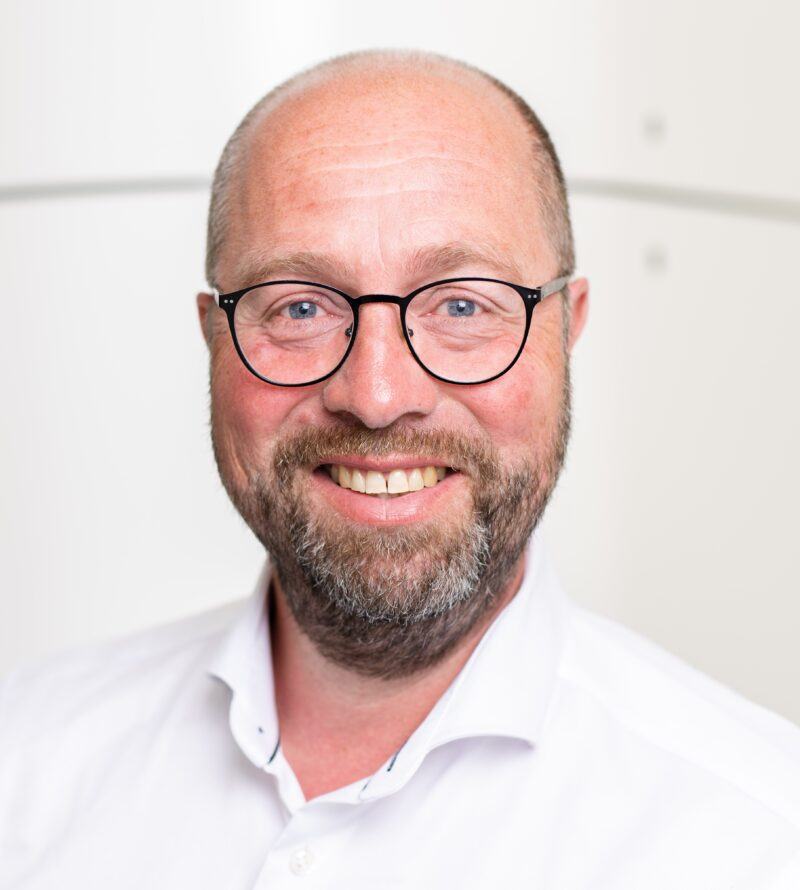
Sooma Announces Medical Technology Expert Andreas Hartlep as New CEO
Read more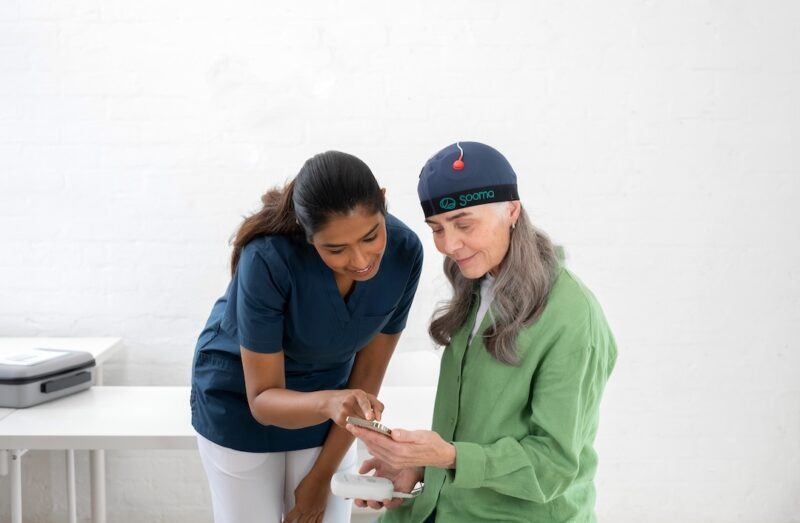
TGA approves Sooma’s at-home brain stimulation for depression in Australia
Read more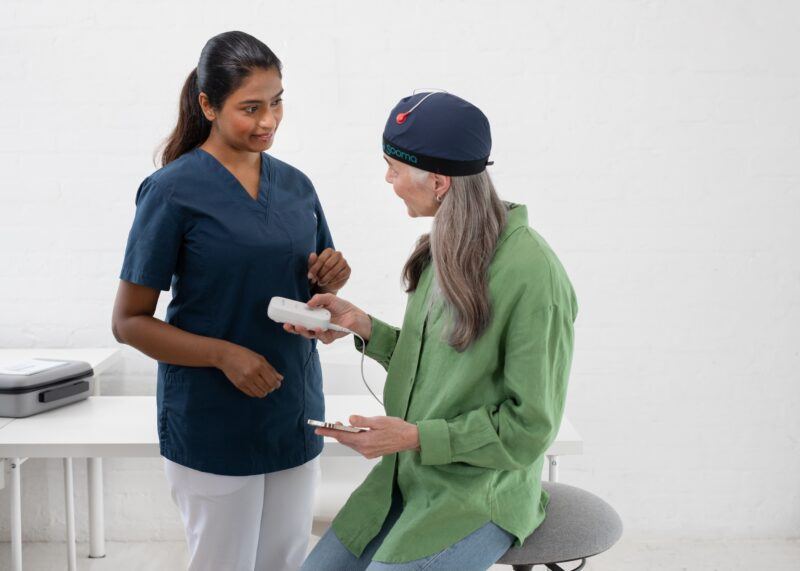
Sooma Medical Announces Pivotal FDA IDE Clinical Trial for At-Home Brain Stimulation Device for Depression Treatment
Read more